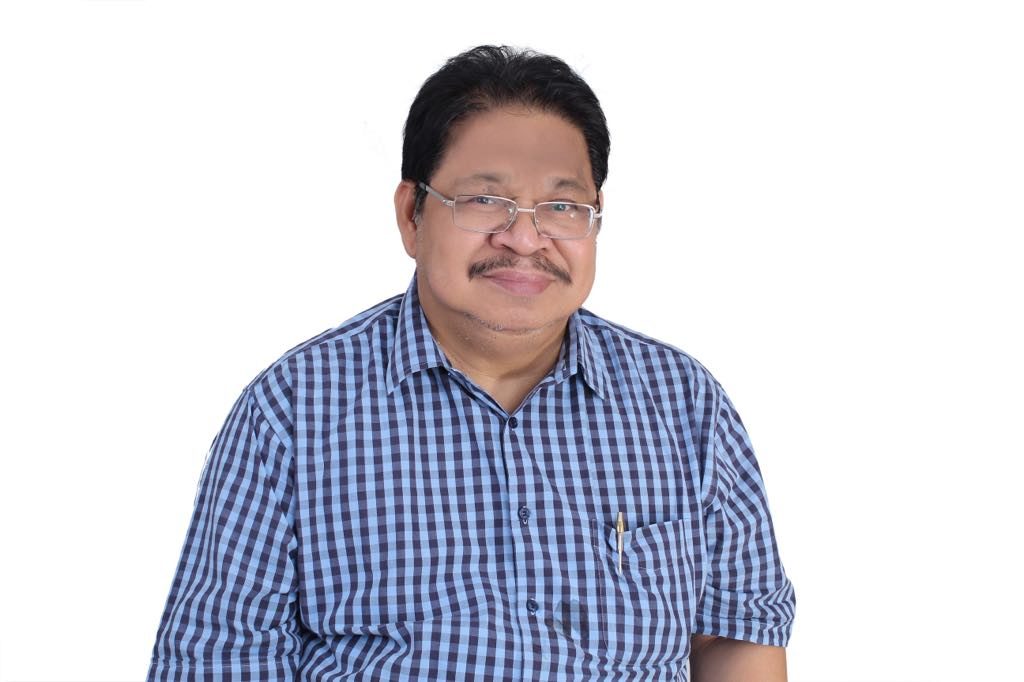Kaliwa Dam should be finished ASAP—SHARP EDGES by JAKE J. MADERAZO

Metro Manila’s sole water source, the 56-year-old Angat Dam, can only produce 4,000 million liters daily (MLD). This daily supply is then divided into 2,400 MLD for Maynilad’s West Zone and 1,600 MLD for Manila Water’s East Zone. But in 2010, figures from the MWSS show water demand in NCR for Angat is already at 4,395 MLD or a deficit of -395 MLD. This ballooned to -1,680 MLD in 2020 and is expected to worsen.
The MWSS Regulatory Office confirms this, saying that in 2024 , we will experience a water deficit due to the increasing demand brought by the booming urban population and rapid opening of the economy after the pandemic. These are the real reasons why today we have rotating water interruptions affecting more than 17.46 million citizens in NCR, Cavite, Rizal and Quezon. And to put it bluntly, we desperately need a new water source for NCR amid the specter of a looming national water crisis.
There is one and only immediate solution for this water crisis TODAY and this is the construction of Kaliwa Dam project in the Kaliwa River Watershed in the Sierra Madre mountain ranges of Rizal and Quezon, originally proposed in the 70’s by the then Pres. Ferdinand Marcos Sr. This was revived by PNoy in 2012 with Japan but was later shelved due to unfinished negotiations. In 2016, Digong pushed for the project financed with Chinese loans (P10.2B with 2 percent interest) and if plans don’t miscarry, will finish construction in 2027. Today, MWSS says Kaliwa dam is 22 percent already complete.
Upon completion and start of operations, Kaliwa dam is expected to generate 600 MLD. With its water conveyance tunnel, it can further produce an estimated 2,400 MLD or a projected total of 3,000 MLD. With a total of 7,000 MLD for NCR, (4,000 from Angat and 3,000 MLD from Kaliwa dam) there is a big possibility that Metro Manila will have excess water supply. And this added water security will be very crucial to our challenged economy since all households and businesses will benefit.
But opposition from various sectors say the project violates the legal processes and the Philippine Constitution, destructive to the environment and is against the country’s national interest. However, in a 41-page ruling dated Dec. 7 and made public on Dec 9 last year, the Supreme Court junked a petition that sought to declare as illegal and to void the government’s loan agreements for the Kaliwa Dam and the Chico River irrigation projects. The High Court said the two petitions, filed by the Makabayan bloc in 2019, failed to present compelling arguments that the government’s $211-million loan agreement with Export-Import Bank of China for the Kaliwa Dam project and the $62-million loan with China for the Chico River Pump Irrigation project had violated the Constitution. “(The) loan agreements have sufficiently complied with the applicable procurement laws and conform with the pertinent provisions of the Constitution,” the Supreme Court said.
But other problems sill crop up like the issue of indigenous peoples, non-cooperation of local governments, environmentalists, political ideologues with issues ranging from ancestral forests, natural habitats and even the China angle.
MWSS claims they were successful in the demands of the affected indigenous people thru MOAs and yearly benefit payments. It even obtained a “free prior and informed consent (FPIC) from the elders of the Dumagat -Remontados tribe required by the National Commission on Indigenous People. Other groups proposed alternative sources such as desalination, rainwater collection and converting wastewater to potable water. But MWSS says these are all too expensive and may even double the price of water today to P90 per liter, a number we consumers will flatly reject.
From my view, the construction of the Kaliwa Dam is now very necessary and inevitable. All of us should accept the realities of modern civilization and the contemporary situation brought about by climate change, global warming, over-pollution and rapid urbanization. Numerous groups successfully stalled this dam for more than 50 years , and the public are fully perceptive of their issues. But the greater number of people living in NCR are thinking otherwise, particularly , those who are experiencing trickling water inside their homes, or are forced to line-up many hours in water distribution areas or deep wells
We should all accept the reality that we are already in a very serious national water crisis. President BBM acknowledged this and in the recently concluded 6th Water Philippines Conference, he lamented the current water crisis is an issue that was “continually postponed”. He created the Office of Water Resource Management (OWRM to coordinate the activities of water-concerned government agencies .
Mr. President, the public also need to know the government’s immediate inventory of all existing water sources outside of Metro Manila, and its corresponding MLD output led by Angat, Ipo Dam , Pantabangan Dam, Magat Dam and Laguna Lake. How are they allocating and distributing these water resources in Luzon? Which water goes to domestic, industrial or agricultural use? An inventory of these water sources will give us a clearer picture of the collective capacity and whether this is enough to address the total demand for water. The public has the right to know what these water sources are and if these are being used efficiently.
Water is the lifeblood of every household and business and the economy. Without water, our nation’s economic performance is doomed to fail. And the people’s message to the Marcos administration is simple and direct. Immediately act right now. Finish Kaliwa Dam asap and solve this worsening NCR water crisis.
(end)
Disclaimer: The comments uploaded on this site do not necessarily represent or reflect the views of management and owner of Cebudailynews. We reserve the right to exclude comments that we deem to be inconsistent with our editorial standards.

